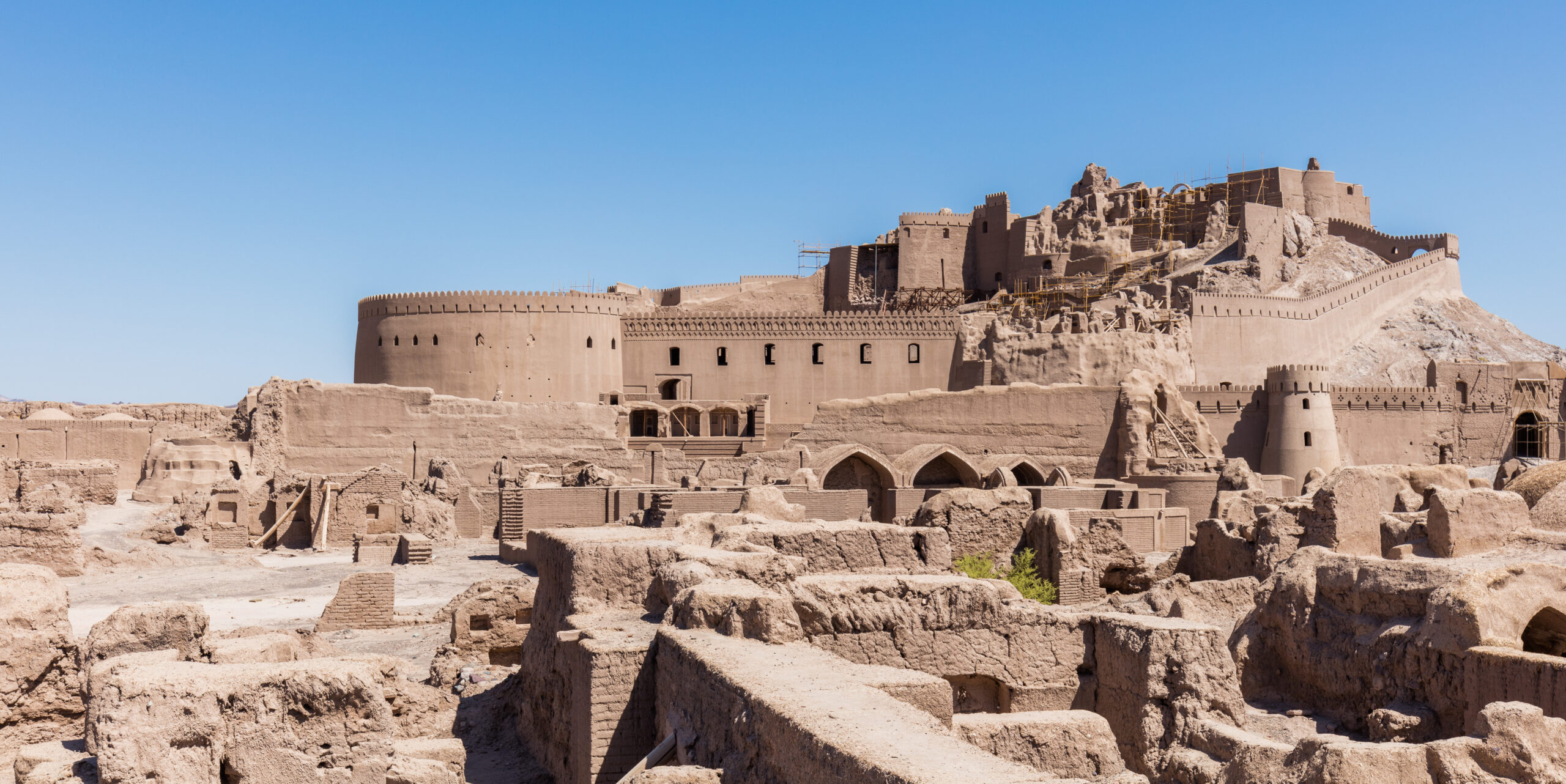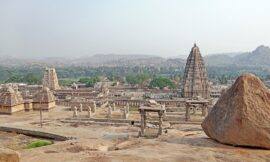The Bam Citadel, or Arg-e Bam, emerges like a time-worn sentinel against the backdrop of the vast Dasht-e Kavir desert in southeastern Iran. This architectural masterpiece, often hailed as the largest adobe structure in the world, encapsulates centuries of history, resilience, and the rich cultural tapestry of the region.
Dating back to the Achaemenid period, around the 6th century B.C., the Bam Citadel has stood witness to the ebb and flow of civilizations along the ancient Silk Road. Its strategic location facilitated trade and cultural exchange between the East and West, turning it into a pivotal crossroads for merchants, travelers, and scholars. The architectural ingenuity behind the citadel lies in its construction, predominantly crafted from mud bricks, clay, and straw, blending seamlessly with the desert landscape.
The sprawling complex of the Bam Citadel covers an extensive area, surrounded by towering walls punctuated by imposing watchtowers. The citadel’s design reflects not only the need for defense but also a sophisticated understanding of urban planning. The labyrinthine alleys, interconnected chambers, and strategic placement of structures within the citadel showcase the mastery of ancient Iranian architects in creating a harmonious yet formidable environment.
Tragically, the Bam Citadel faced a devastating blow in December 2003 when a powerful earthquake, with a magnitude of 6.6, struck the region. The earthquake wrought havoc on the citadel, leading to the collapse of significant sections and causing irreparable damage to this cultural treasure. The aftermath of the earthquake garnered international attention, prompting concerted efforts for the restoration and preservation of the Bam Citadel.
In recognition of its historical significance and the urgent need for restoration, UNESCO designated the Bam Citadel as a World Heritage site. The global community rallied to support the restoration project, emphasizing the importance of safeguarding such cultural landmarks against the forces of nature and the passage of time.
The ongoing restoration efforts are not merely about rebuilding structures; they represent a commitment to resurrecting the spirit of Bam and preserving a tangible link to the past for future generations. Traditional construction methods and materials are employed in the restoration, staying true to the original craftsmanship that shaped the citadel centuries ago. The process becomes a delicate dance between honoring the historical authenticity of the site and utilizing modern technologies to ensure its structural stability.
Beyond its architectural grandeur, the Bam Citadel embodies the resilience and spirit of the people who called it home throughout the ages. It narrates tales of triumphs and tribulations, of bustling markets and scholarly exchanges, echoing the pulse of a bygone era. The restoration project serves not only as a physical reconstruction but as a symbol of hope, a gesture that cultural heritage can endure despite the adversities it may face.
In visiting the Bam Citadel today, one can witness the juxtaposition of ancient ruins and meticulously restored sections, a testament to the unwavering determination to breathe life back into this historical monument. The surrounding Dasht-e Kavir, with its arid plains and shifting sand dunes, serves as a poetic backdrop to the citadel’s narrative, reminding visitors of the symbiotic relationship between human ingenuity and the harsh desert environment.
In conclusion, the Bam Citadel stands as an enduring testament to Iran’s historical legacy, a resilient survivor that transcends time and challenges. As restoration efforts continue, the citadel remains a symbol of cultural pride, inviting visitors to contemplate the interplay of history, architecture, and the human spirit against the mesmerizing canvas of the Iranian desert.



